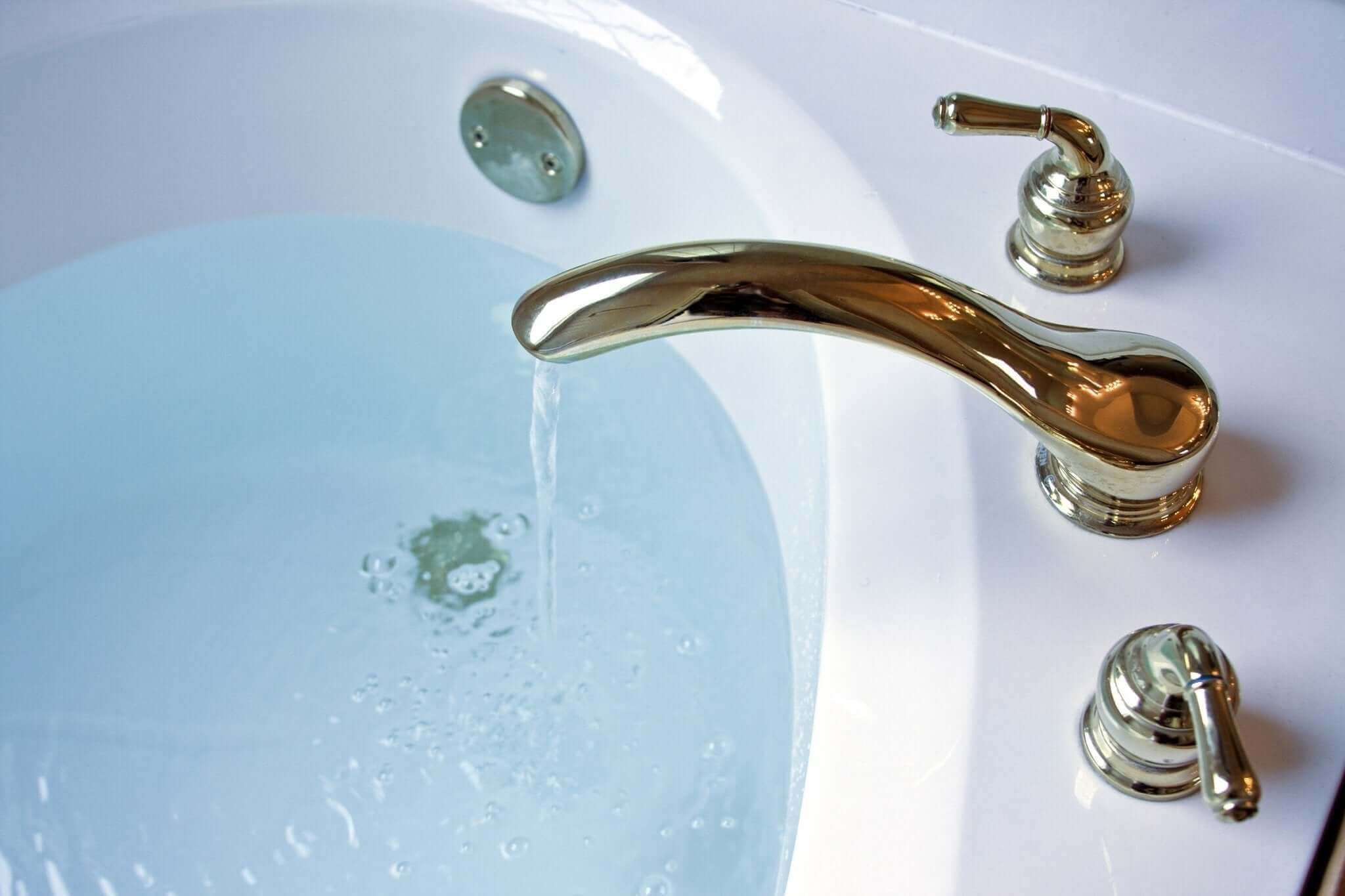For Bath Lovers: Easy Ways to Conserve Water this Earth Day and Beyond

We’ve all heard of how global warming is causing changes in weather patterns and precipitation, leading to droughts in many regions of the world. This scarcity of water resources is forcing people to conserve water, as it becomes a valuable and limited commodity. As temperatures rise, evaporation rates increase, exacerbating the problem of water scarcity. Additionally, many regions are experiencing increased demand for water due to population growth and urbanization. Thus, conserving water has become crucial for ensuring the availability of this precious resource for future generations.
On Earth Day, we feel it’s important to talk about our stance about water conservation as a bath-loving brand. Bathing and showering are relaxing and luxurious ways to unwind after a long day. However, it's important to remember that water is a finite resource, and conserving it is essential to ensure there is enough for future generations.
At Tub Therapy, we advocate for a good time in the bath just as much as we support the conservation of water. We believe in a luxurious and enjoyable bathing experience while also being mindful of water usage and one of the simplest ways to do this is by adopting water-saving practices in the bathroom. In this blog, we’ll explore some tips and tricks for conserving water without compromising the enjoyment of your precious bath time or shower time.
1. Make bath time more intentional
To truly savor and benefit from the experience of a bath, make bath time a more intentional and indulgent self-care ritual, limiting the frequency to once or twice a week or only when you really feel the need to soak. By limiting the frequency of baths and making it a special occasion, you can fully immerse yourself in the experience and appreciate the experience, just like how the occasional treat or indulgence can make it all the more enjoyable.
2. Take shorter showers
One of the easiest ways to conserve water is to take shorter showers. A five-minute shower can save up to 25 gallons of water compared to a 10-minute shower. It’s also important to note that spending more time in water can have negative effects on the skin and body. Frequent and prolonged exposure to hot water can strip the skin of its natural oils and cause dryness, irritation, and even inflammation.By taking shorter showers, you allow the skin to properly replenish and maintain its natural oils and protective barrier.
3. Plug the drain
When you're running your bath, be sure to plug the drain before you start running the water. This will prevent any water from going down the drain while you're waiting for the tub to fill up. You can also use a bath overflow drain cover to prevent water from going down the overflow drain.
4. Reuse bathwater
If you're looking to save even more water, consider reusing your bathwater. After your bath, use a bucket to collect the water and save it to clean your floors, toilet and sink. You can even save it to water your plants but just make sure to avoid using any soap in the water if you plan to water your plants with it.
5. Fill the tub halfway
While it's tempting to fill the tub to the brim, it's not necessary to enjoy a relaxing bath. Instead, fill the tub halfway, and you'll still be able to soak comfortably. This will help you conserve water without sacrificing your bath experience.
6. Use a low-flow showerhead
Install a low-flow showerhead. These showerheads use less water per minute and allow you to controle the water flow, which means you'll use less water during shower time. In fact, a low-flow showerhead can reduce your water usage by up to 50%.
7. Use natural, homemade bath bombs
Not all bath bombs are made the same so while bath bombs can be a fun addition to your bath, some bath bombs are actually wasteful. Many bath bombs contain a lot of artificial ingredients and can leave a residue in your tub that requires extra water to clean. If you do use bath bombs, opt for natural or homemade versions instead.
8. Fix leaks and drips
Toilet leaks are another source of water wastage in the bathroom so it's important to fix any leaks or drips. A leaky faucet or running toilet can waste up to 3,000 gallons of water per year, so fixing any leaks is essential to conserving water. One way to detect toilet leaks is to place a few drops of food coloring in the tank. If the water in the bowl changes color after 30 minutes, there is a leak that needs to be fixed. If you're not sure how to fix a leak, consider hiring a plumber to help you.
9. Turn off water while lathering in the shower
One simple way to conserve water while taking a shower is to turn off the water while lathering up with soap or shampoo. This allows individuals to lather and scrub without letting water go down the drain unnecessarily. When ready to rinse, simply turn the water back on and rinse off. This easy habit can save a significant amount of water over time, contributing to a more sustainable and eco-friendly bathing routine.
10. Skip the shower after a bath bomb use
Some people like to rinse off after using a bath bomb but it isn't really necessary. The oils from the bath bomb will leave your skin feeling supple but showering after a bath bomb can wash off these moisturizing agents, leaving your skin dry.
In conclusion
Remember, water is a precious resource, and it's up to us to do our part to conserve it for future generations, whether or not you are a bath-loving person. Adopting water-saving practices does not entirely mean that you have to let go of your precious bath time but by taking these small but impactful steps can add up over time and help to reduce water waste and promote a more sustainable lifestyle, allowing you to contribute to conserving water and protecting our planet's most valuable resource.



